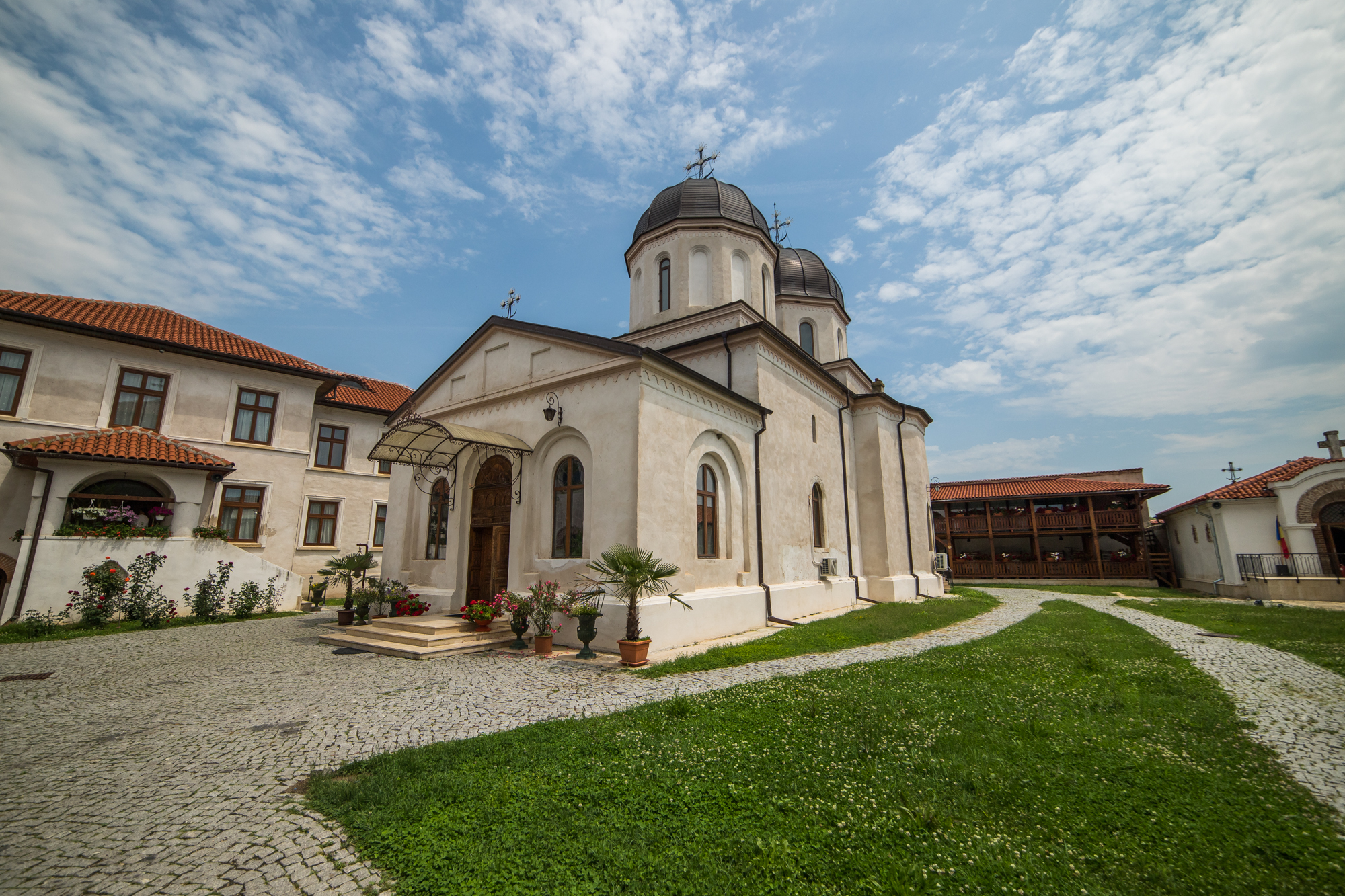
Few know that just 35 km from Giurgiu and also as many from Bucharest City there are still living trees from the Vlasia Forest where centuries ago ruler Vlad the Impaler himself, the founder of the Comana fortified monastery, dismounted on an island surrounded by swamps. Today, in the same places, trees of the century-old forest are still growing. The swamps of the years past became the Comana Pond, which scientists consider to be a second delta of Romania. Today’s visitors can battle the shadows of the Ottomans in a modern adventure park, climbing up secular oak trees, while accommodation places welcome them for rest and relaxation.
First time travellers at Comana want to walk into the footsteps of Vlad the Impaler and get full of sacredness at the Comana Monastery. Thus, immediately as they get in touch with the local history, they learn that the monastery was in the beginning a small wooden church. For the first time on September 27, 1461, the Comana toponym was officially used in a decree issued by the Chancellery of Vlad the Impaler that mentioned the border of the monastery should stretch all the way to where it touches the Comana Pond, right into Lake Calnistei.
Because the place is filled with the footsteps of many rulers and damsels whose tombs are here, there is a local legend that says the founder, Vlad the Impaler, haunts the enemies in the plains scaring them away. It is said that when he fell prey to his enemies, somewhere between Bucharest and Giurgiu, his body fell into the hands of his rival Basarab Laiota and it was buried without the head, which had been sent to the Porte, and without exquisite ornaments and also without a tombstone, in the nearest monastery founded by him, Comana. In the yard of the Comana Monastery, there is a small billboard with information about the famous medieval ruler and a modest tombstone with an inscription almost fully erased that monks claim belongs to the ruler’s tomb.